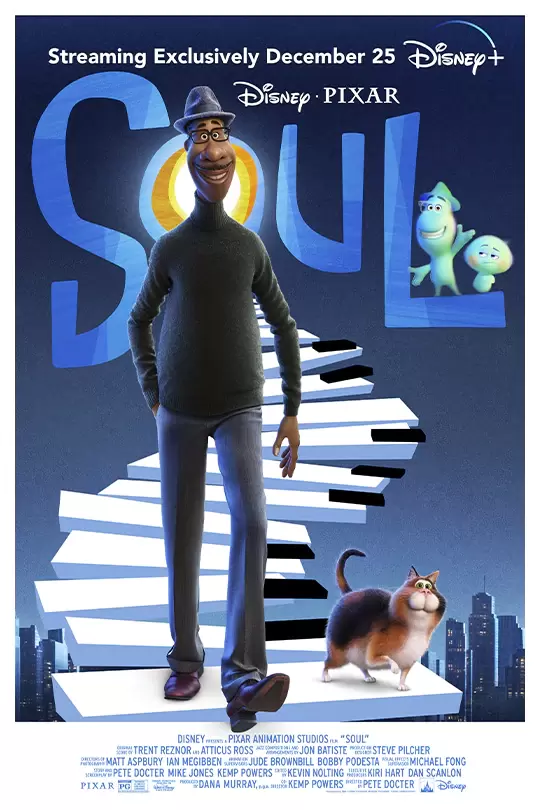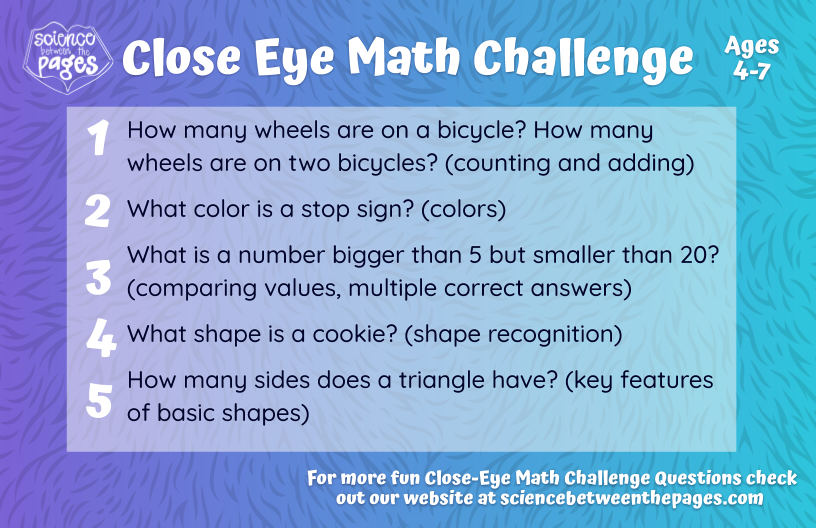Having a family conversation around Disney Pixar's Soul
|
At the recommendation of a family member, our family sat down to watch Disney Pixar’s newest release “Soul”. The story describes a moment in time when the paths of two characters cross sending one down a new path and the other down a familiar path in a new way. There are some clever jokes and ideas throughout but anytime we venture into areas of storytelling where aspects of birth, life, death, and beyond are included, we tread lightly and watchfully--being mindful of opportunities to affirm what is praiseworthy and to revisit the truth of scripture where story elements may diverge.
Soul introduces Joe Gardner to the audience as a middle school band director with aspirations of being a full-time gigging jazz pianist. One of Mr. G’s former students offers him an opportunity to tryout for a jazz quartet. His successful interview ends with a euphoric Joe accidentally falling into an open man-hole cover. Joe's soul is separated from his body and on a conveyor belt moving slowly towards a large white light. Not wanting to miss his big chance, he scrambles against the crowd to get back to Earth and ends up dropping into a mentor role for the other main character named 22. As we sat around the breakfast table this morning, I started by addressing the surface level contrasts between the story and scripture. In Soul, a group of overseers seem to arbitrarily assign personalities to young souls through a factory model whereas in scripture, God makes it clear that He knits every aspect of us together in a personal and purposeful way. Then we shifted gears and talked about one of the purposes of storytelling … to teach a moral lesson. William was the first to mention John Henry’s legendary battle between the will of a free man and the temporary allure of a machine’s efficiency. So I asked what lessons could we learn from Soul. The children’s answers were valuable; things like recognizing the importance of being kind or the role we play in helping others. So I changed the question to focus on a single character, 22. We agreed that in the beginning, she tried everything and yet never fully enjoyed anything until she saw, tasted, and experienced them through someone else's body. The children took turns naming the things that she enjoyed … pizza, lollipops, spending time at the barbershop, walking, stargazing, laying on the grate and letting the wind pass by, spending time with Joe’s student, and spending time with Joe’s mom, and then at the end catching the seed of a maple seed as it descended into Joe’s hand. With all our children's shared observations, it was important to revisit the fact that 22 had “eaten” pizza before in the Hall of Everything, she had interacted with other mentors and characters for years, but now she savored all the flavors of a warm slice of pizza, her interactions with others were now richly colored by years of love, trust, hurt, encouragement, pride and loss. Her senses were alive and taking every mundane or familiar experience in Joe’s life and receiving it as a gift. So we walked back through the gifts. I generalized the gifts along the way describing the lollipops and pizzas as things that are gifts. Walking and stargazing as activities that are gifts. Interactions with student in the stairwell, the men at the barbershop, and Joe’s mom at the tailor shop as relationships that are gifts. And finally, with the air coming through the vent and the maple seed falling into Joe’s hand as the world and all its miracles as a gift. It is easy to recognize these as good things but I wanted to clarify why that resonates with our soul. I shared that these are more than good things, they are good gifts. We believe as Christians that the things we have, the things we can do, the relationships we build and sustain, and the world we are surrounded by are good gifts because they receive them from the hands of a Good God. As a point of application, I also pointed to the influence 22’s joyful receiving of all these good gifts had on reframing how Joe would approach the familiar experiences of life and 1 Timothy 4:12, Don’t let anyone look down on you because you are young, but set an example for the believers in speech, in conduct, in love, in faith and in purity. |
Questions to discussThink about the different personalities that the souls in training were assigned. Some of them were pretty common while others were pretty funny. How do we develop our personalities?
Think about Joe's interactions with the other people on the conveyor belt headed toward to bright white light. How did each person's perspective differ from each other and from Joe? Think about the items 22 collected along her journey. How did Joe and 22 see them differently? What are some things in your life that are valuable to you but maybe not as valuable to someone else? What are some things that you might take for granted but would be a valuable gift to someone else? Think about 22's interactions with Joe's upset student in the stairwell, his friends at the barbershop, the other patrons on the train, and his mother at work. How were they different than her interactions with all the mentors she had over the years? Were each of the interactions easy? Why do you think 22 still saw them as valuable? Relevant ScripturePsalm 139:13-14
For you formed my inward parts; you knitted me together in my mother's womb. I praise you, for I am fearfully and wonderfully made. Wonderful are your works; my soul knows it very well. Isaiah 55:1-2
Come, everyone who thirsts, come to the waters; and he who has no money, come, buy and eat! Come, buy wine and milk without money and without price. Why do you spend your money for that which is not bread, and your labor for that which does not satisfy? Listen diligently to me, and eat what is good, and delight yourselves in rich food. 1 Timothy 4:12
Don’t let anyone look down on you because you are young, but set an example for the believers in speech, in conduct, in love, in faith and in purity. |
Settling In with a Close Eye Math Challenge
|
I started doing a close-eye math challenge to help my over-stimulated children calm down to rest or transition into a nap or prepare for bedtime in the evenings.
My children and I had a routine of watching Kevin and Jackie and the other artists in Draw Off episodes on Youtube. Occasionally, we would follow links to some of Kevin’s $100 challenges to his co-workers at Buzzfeed. One of these challenges was the close-eye bullseye challenge where Kevin goaded his co-workers into throwing darts with their eyes closed. I adapted the close-eye part of this challenge into a close-eye math challenge for my own children. The close-eye math challenge started when I would lay down with one of my children to help them rest after an emotional interaction with a sibling or to transition from a high-energy activity to nap time or bedtime. We would close our eyes together--typically an undesired prospect that took some silliness and convincing to achieve--and then I would pose math questions for them to solve using their recollection or mental math skills. Having my child close their eyes accomplished a couple things. First, it helped reduce the stimulus around them that kept them from being able to relax. It helped them focus on listening carefully. Second, it helped them visualize the math problem and skills in their mind. Young children can sometimes over-rely on the use of fingers or other manipulatives for simple calculations. This type of mental math training can break that dependence. My bigger children that just needed some time to calm down or rest would have to answer five questions before they could get up while my younger children transitioning to naps or bed would work on getting five correct to get me to snuggle them a little less. As a parent, I imagine you can usually tell when someone is calming down or when they need a little more time. The way I would slow the process down is by intermittently “checking” to make sure they had both eyes closed, by complementing their ability to solve the problem without having to write it down or use their fingers, or by drawing out my words slowly to add more space between each question. My family has come to the consensus that I have a soothing, if not monotonous voice, that can be helpful with calming children down. The questions vary from child to child and challenge to challenge based on their different skills levels and familiarity with the context of the math problem. As I came up with questions for each child and each “challenge”, I would always try to start simple and then build up in complexity from there. This would give my children a chance to (1) experience success they could build on, and (2) ease the transition from whatever they were doing or playing with to calming down. The more energy they were using to think through the problem, the less energy they were spending dwelling on the upsetting incident or on the fact that they may not want to go to sleep. If your children are similar to mine, sometimes all it takes is to relax and stop moving for them to get the rest they need. |
Helpful Tips:
For my younger children, I limit the numbers in the question to what she could reasonably visualize, e.g., bicycles with two wheels each, hands with five fingers each, family cars with four wheels each, forks with four prongs each. |


